With its recent rise in popularity, you may wonder why everyone is raving about trail running. In reality, there are numerous reasons runners have been switching from road to trail running. Some may be tired of their regular routines, while others are seeking an increase in excitement and adventure of being out in the wilderness. No matter your reason, you can rest assured that making the big switch isn’t that difficult. Whether you want to add some variety to your weekly workout plan or switch to trail running completely, we have all the information you need to get started. Keep reading to learn how to prepare for your first off-road adventure!
1. Switching to Trail Shoes
Your shoes are the most important piece of gear you’ll have to consider when making the switch to trail running. Once you stray from flat land and encounter things like roots, rocks, and mud on the trail, you might need different shoes than the ones you’ve been using for road running. Shoes made specifically for trail running are usually bulkier than regular running shoes because they emphasize enhanced stability, traction, and foot protection. Your regular shoes should be fine if you stick to well-groomed trails like limestone, grass, and dirt. However, if you plan to start tackling more difficult terrains, you should consider investing in a new pair of trail-running shoes. You don’t even have to get big, bulky shoes if you don’t want to. There are numerous options out there, especially with the increased popularity of trail running.
2. Bring the Necessities
One of the best things about trail running is that you don’t need to purchase a ton of new gear to make the switch. What you decide to bring with you while trail running ultimately depends on the length of your run. You’ll always want to carry water and a bit of food, even if you’re going on a shorter run. You might only need to bring an energy bar or gel for shorter runs. Consider bringing a larger waist pack that can hold more food, first aid supplies, sunscreen, and other necessities like your house/car keys for longer runs.
3. What to Wear
When gearing up for a trail run, wear clothing made of moisture-wicking material rather than cotton because cotton takes the longest to dry. Dressing in layers can be a good idea, especially for long runs. The weather could change unexpectedly, or you could get sweatier than you anticipated, so it’s always good to be prepared. You’ll also want to consider the breathability of the clothes you’re wearing since trail running typically causes you to sweat more than usual. You’ll probably be most comfortable wearing lightweight knit fabrics and shirts with zippered necks because they allow for enhanced ventilation.
4. Choosing the Trail
You don’t have to travel to far-away places to start trail running. Start by checking out local roads and trails in your town or city. Trail running in places like state parks or gravel roads can be a great introduction to this type of running and can help you prepare to move on to more difficult terrains. Once you feel comfortable and ready to move to the next level, start researching trails online and in guidebooks. You’ll be able to find information about trail difficulty, elevation, distance, and more. To take it one step further, you might consider looking into any local running clubs in your city. Meeting up with people who love trail running can expose you to new trails and valuable friendships.
5. Staying Safe
Trying out a new form of exercise can be exciting, but remember: trail running is a lot different than road running. The uneven terrain of trails is much more challenging than a paved road. Beginners need to remember it will typically take longer to run the same distance on a trail than on a road. The trail will slow your pace and force you to engage muscles that you might not be used to using, so make sure to adjust your speed for those reasons. Just take it easy, and don’t overcommit yourself to a distance you won’t be able to handle.
Overall, trail running can be an exhilarating new addition to your exercise routine. Trail running allows you to switch up your scenery and spend time in nature, while also completing an intense workout. We hope you try out these tips before you start your new adventure!
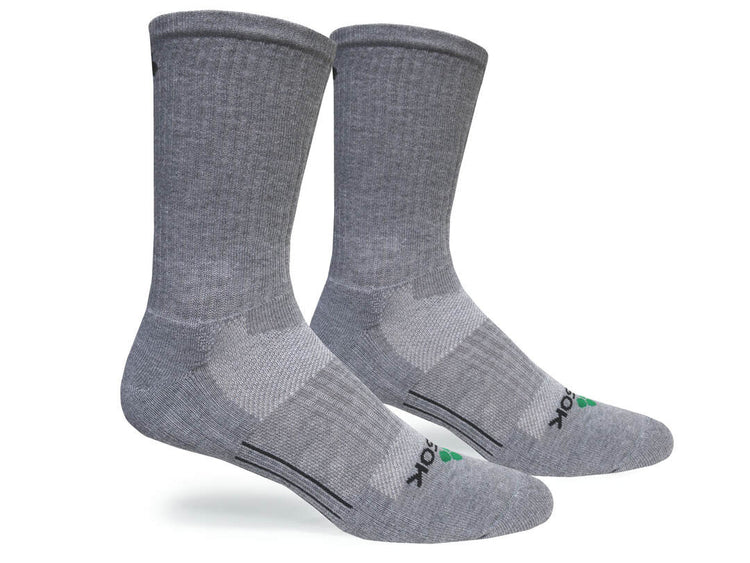
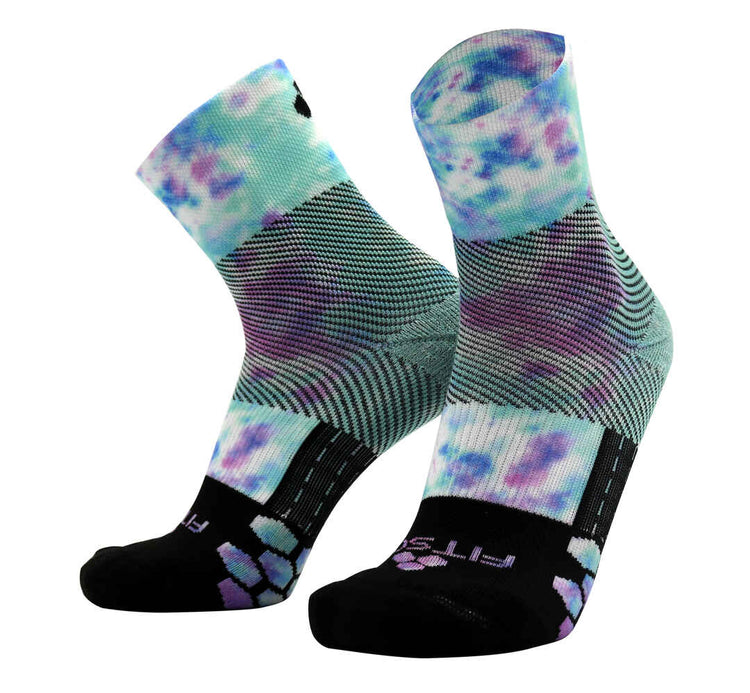
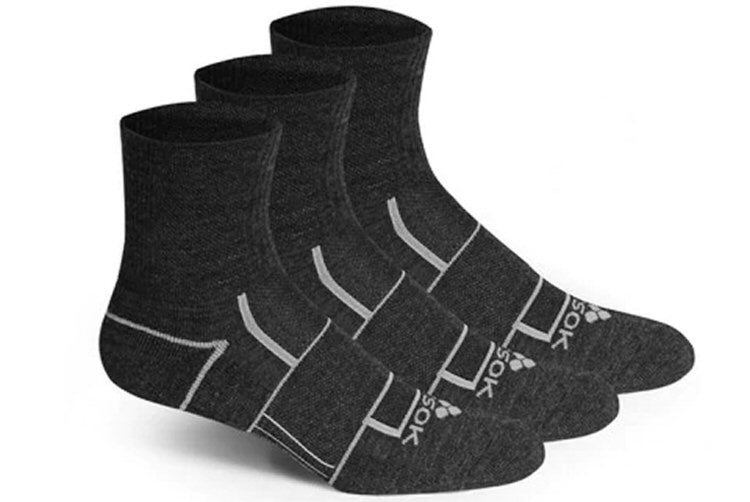
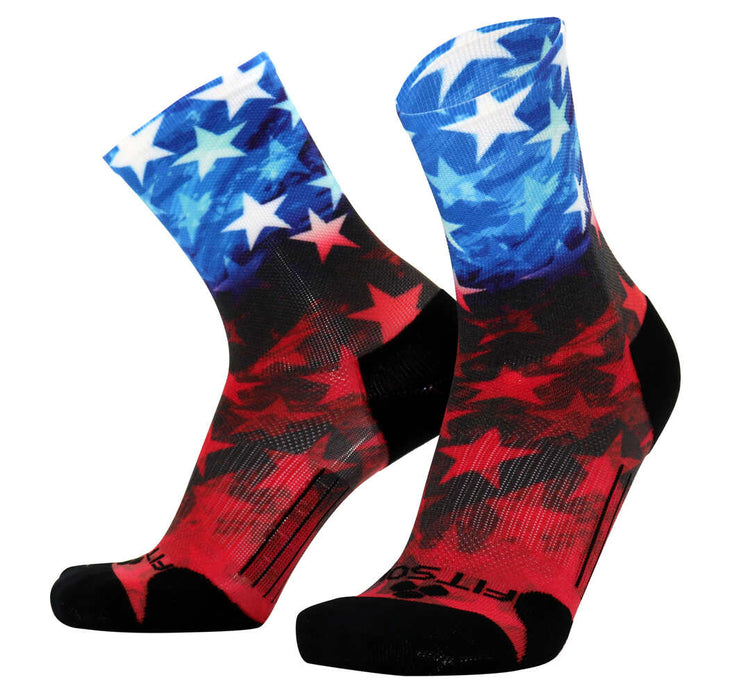
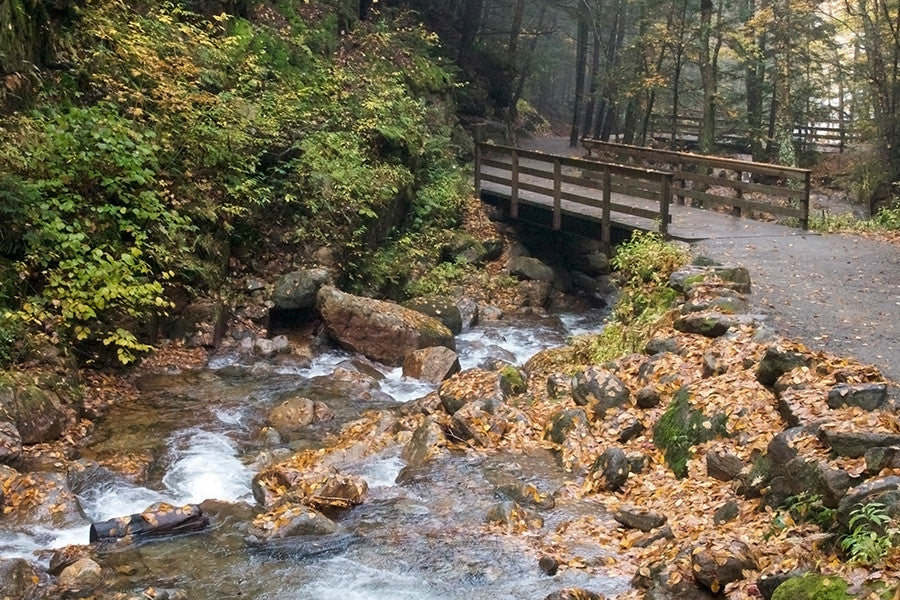


Leave a comment
This site is protected by hCaptcha and the hCaptcha Privacy Policy and Terms of Service apply.